Tourist Spot in the Philippines
(Luzon)
The Philippines is blessed with many travel destinations. Each island has something to offer, waiting to be discovered by some intrepid traveler. Most of all each discovery tends to linger in one’s memory.
On the northern part of the archipelago lie its biggest island, Luzon and its numerous mountain ranges inhabited by several religious, industrious tribes. Centuries of their culture and work produced the Banaue Rice Terraces, a prominent travel destination worldwide. While some parts have fallen to modern civilization with concrete fences supporting terraces, they have stillretained their ancient wonder that it is considered a must-see travel destination.
Just near the
lower end of Luzon, lies another important travel destination, Mayon Volcano. Straddling southern towns and often spewing ash or causing minor
tremors, this active volcano has retained its near-perfect cone shape just like its more popular cousin and Japan’s famoustravel destination, Mt. Fuji.
The province of Bohol lies near the heart of the Philippines. It is the home of one of the world’s smallest primates, the Philippine tarsier (Tarsius syrichta). Its most famous travel destination is the Chocolate Hills which earned its name when they turn chocolate brown at the end of the dry season. Bohol is also a travel destination because of its beautiful white sand beaches.

Speaking of beaches, nothing comes close to
Boracay located north of the island of Panay. Its white sand beaches are a major travel destinationworldwide and it is brimming with tourists during the summer and holiday
seasons.
Manila, the country’s capital and also a travel destination by itself, can also be found in Luzon. It is the center of commerce, industry, politics and entertainment. Major historical landmarks such as Jose Rizal’s execution site now transformed into a children’s park is found here. Manila also serves as a major entry or exit point to travel destinationsworld- and nationwide.
Just west of Luzon lies a cluster of islands commonly known as province of Palawan. The province has earned its reputation as a major international travel destination due to its pristine white sand beaches. Its most famous gem is the Tubbataha Reef, the archipelago’s second World Heritage Site alongside the Banaue Rice Terraces. While the Tubbataha Reef is another travel destination that should be experience by itself, the province of Palawan boasts of other natural wonders such as the kilometers-long underground river.
The Philippines offers a lot more than just ancient and natural wonders. Aside from its beaches and heritage sites, its picturesque towns are home to close to 70 million people known for their smiles and genuine hospitality. It is not surprising that millions flock and make the archipelago their travel destination at least once in their lifetimes.
Vigan at Night, So romantic isn't it?
The City of Vigan is a 5th class city in the province of Ilocos Sur, Philippines. It is the capital of the Province of Ilocos Sur. The city is located on the western coast of the large island of Luzon, facing the South China Sea. It is a World Heritage Site in that it is one of numerous Hispanic towns in the Philippines, and is well-known for its cobblestone streets, and a unique architecture that fuses Philippine building design, and construction with colonial European architecture.
Camiguin Island, popularly known as “tropical island paradise,” Samal Island and Saranggani Island, all in Mindanao and the province of Ilocos Norte, one of the best in north Luzon.
1. Camiguin’s Unique Tourist Attractions:
Camiguin, a tropical paradise, is one of the Philippines’ most beautiful islands. It is the home of the sweetest lanzones in the country and one of the best mangoes for export. Tourist spots in Camiguin include the Sunken Cemetery where a large white cross marks a cemetery swept into the sea by Old Vulcan Daan’s eruption in 1871, it has 3 beautiful and scenic falls- the Katibawasan Falls,
IFUGAO PROVINCE
 Photo from: wikipedia.org
Photo from: wikipedia.org

Photo from:
wayfaring.info
Ifugao is a landlocked province of the Philippines in the Cordillera Administrative Region in Luzon. The province of Ifugao is located in a mountainous region characterized by rugged terrain, river valleys, and massive forests.
The Rice Terraces of the Philippine Cordilleras and Banaue Rice Terraces are the main tourist attractions in the province. These 2000-year-old terraces were carved into the mountains, without the aid of machinery, to provide level steps where the natives can plant rice. In 1995, they were declared a UNESCO World Heritage Site.
 Photo from: rice-terraces.com
Photo from: rice-terraces.com
Ifugao was formerly a part of the old Mountain Province. It was created as an independent province on June 18, 1966 by virtue of Republic Act No. 4695, otherwise known as the “Division Law of Mountain Province”. Under this law, Mountain Province was divided into four (4) provinces namely: Benguet, Ifugao, Kalinga-Apayao and Mountain Province.
Ifugao People and Culture

Photo from:
tripideas.org
Ifugao refers to the people, their dialect and the province they live in.
The Ifugaos live in the mountains in Luzon in the Philippines. They are known as an independent, agricultural society. They speak the variousIfugao dialect like Tuwali, ayangan but they can also speak Filipino vernacular dialect like Ilokano and Tagalog. Many Ifugaos, especially in HINGYON, are fluent in English as well.
 Photo from: cgpinoy.org
Photo from: cgpinoy.org
This people prefer to be called Ifugaos as opposed to the more generic and less accurate Igorot term that includes all the peoples of the Cordillera Region.
The Ifugaos, immortalized by their magnificent rice terraces, inhabit the rugged terrain of the extensive Cordillera Mountain ranges of Central Northern Luzon. They have developed and maintained a distinct culture which until recently has resisted outside influences.

Photo from:
trekearth.com
The terraces are vastly found in the province of Ifugao and the Ifugaopeople have been its caretakers. Ifugao culture revolves around rice and the culture displays an elaborate array of rice culture feasts linked with agricultural rites from rice cultivation to rice consumption. Harvest season generally calls for thanksgiving feasts while the concluding harvest rites tungo or tungul (the day of rest) entail a strict taboo of any agricultural work. Partaking of the bayah (rice beer), rice cakes, and betel nut constitutes an indelible practice during the festivities and ritual activities.
 Photo from: univie.ac.at
Photo from: univie.ac.at
 Photo from: migrationology.com
Photo from: migrationology.com
The Ifugao people practice traditional farming spending most of their labor at their terraces and forest lands while occasionally tending to root cropcultivation. The Ifugaos have also been known to culture edible shells, fruit trees, and other vegetables which has been exhibited among Ifugaos for generations. The building of the rice terraces, work of blanketing walls with stones and earth which is designed to draw water from a main irrigation canal above the terrace clusters. Indigenous rice terracing technologies have been identified with the Ifugao’s rice terraces such as their knowledge of water irrigation, stonework, earthwork and terrace maintenance. As their source of life and art, the rice terraces have sustained and shaped the lives of the community members. – wikipedia.org
 Photo from: filipinolifeinpictures.blogspot.com
Photo from: filipinolifeinpictures.blogspot.com

Photo from:
nordis.net

Photo from:
tribal-planet.com
Read More on Colorful Festivals and Events in Ifugao
Read More on Ifugao from our Amazon Travel Book Store
Mt Mayon or Mayon Volcano– The almost perfect cone shaped of Mayon Volcano makes this a favorite backdrop of pictures for local and foreign tourists in the Philippines. This famous landmark is located in Bicol Region, specifically Legaspi in Albay
Mayon Volcano
Travel Tips : To go there you either take a 11 hours bus ride from Manila to Bicol or alternately fly to either Legaspi airport or Naga airport. If you are taking the Naga airport, you need to travel 2 hours more to reach Legaspi.
Bicol Foods and produce: Bicol is home to the Philippine’s spicy and hot foods, popular Bicolano dishes includes Laing or Taro leaves in Coconut Milk, Kinalas – it’s a sting ray meat cooked in coconut milk with loads of local chili called ‘siling labuyo’. Other famous produce includes Abaca native bags and Pili nuts pasalubong.
Sidetrips for more of Bicol tourist spots: Visitors to the Majestic Mt Mayon can also check out the many popular attractions of Bicol starting from (1) Whale Shark Watching in Donsol, Sorsogon; (2) CamSur Water Sports Complex for wakeboarding and other water sports; (3) Caramoan Islands for white sand beaches – some of the islands there were used for the taping of Survivor France and Survivor Israel 
Bangui Windmill Farm – What’s more iconic symbol to Ilocos than these windmills gracefully rotating its blades beside a pristine black sand beach? Find the Bangui Windmills in Bangui, Ilocos Norte.
Windmills in Bangui
Trivia: The Philippines is a perfect place to utilize renewable energy sources specifically harnessing the energy of the sun and the wind because almost all year round the sun is out it its glory hotness and also because winds blows strongly in many islands in the country but sad to say, only the local government of Ilocos has seen this potential and acted on this.
Ilocos Foods: Ilocandia offers many food specialties. I so love their crunchy bagnet and yummy vigan longganisa! Ilocanos love veggies in their food no wonder they have many dishes that are mix of veggies like Pakbet and Poqui-poqui.
Sidetrips for Ilocandia Travel: Have an adventure and head for an Ilocos Roadtrip, you can click HERE for a more comprehensive Ilocos trip guide/experience. Ilocos offers lots of tourists’ attractions and scenic spots!
Baguio and the Lion in Kennon Road – This black lion is one of Baguio’s most popular landmarks that welcome you to the City of Pines and the summer capital of the Philippines. Go by private vehicle as public buses do not passed by the Kenon Road. You can stop by this popular tourist spot and have your pictures taken 
Trivia: If you like taking risk and passing awesome views then taking the Kenon Zigzag Road to Baguio is right up your ally  I say riskier because there had been many instances of landslides along the zigzag road especially when it is raining hard. To go to Baguio you can take alternate roads like Naguilan or Marcos Highway but you will not be seeing this welcoming lion if you do so.
I say riskier because there had been many instances of landslides along the zigzag road especially when it is raining hard. To go to Baguio you can take alternate roads like Naguilan or Marcos Highway but you will not be seeing this welcoming lion if you do so.
Baguio’s famous delicacies or produce: Strawberry!!! Baguio is one of the very few places in the Philippines that have a ‘cold’ climate and one of its advantages is that farmers in Baguio plants strawberries  Most of Manila’s veggies also come from this city up in the mountains.
Most of Manila’s veggies also come from this city up in the mountains.
Pagsanjan Falls – One of the most famous Philippines water falls is the Pagsanjan Falls in Laguna. You have to ride a canoe and cruise the Pagsanjan river to get to the falls.
Pagsanjan Falls
Travel Tip: If you want to know more on how to go to Pagsanjan click HERE.
Sidetrips: Pagsanjan is close to the artistic town of Paete where you can see hand sculptured figures, wood carvings and paper mache products. Alternative side trip is to visit the town of Liliw where you can buy hand made footwears.
Laguna famous foods: Espasol, Buko Pie and Puto Binan 
Luneta Park – This park is one of the most well-known national parks in the country, you can find KM 0 here (my personal favorite, check my author pic badge lol), the statue of Dr. Jose Rizal, the cool Philippine Relief Map and more. Luneta Park is being rehabilitated right now and it now boasts of a modern laser and fountain show among others for all the locals that troop there especially on holidays and weekends.
Rizal Statue in Luneta Park
Trivia: Usually when you are traveling in the countryside you will see these yellow road markers on the roadside that indicates the next closest town, how far it is to the city or town hall, and the distance in kilometers from the island’s or province main Dr Jose Rizal statue. When you are in Luzon Island, the distance reflected of your current place will be against the statue of the Philippine National Hero in Luneta Park. Example: As you exit the South Luzon Expressway, you will see a vertical yellow road marker with details Cal, 1km, 53 kms. It means that the closest town or city is Calamba City, and you need to travel 1 kilometer more to reach the city hall and it is 53 kilometers away from the Rizal statue in Luneta where ‘KM 0’ or kilometer zero is located. Each island province has its own Rizal statue starting point which is usually located within the province capitol complex.
Side trips in Manila : Take steps back into Philippine history as you visit the nearby walled city of Intramuros, the National Museum and wait for the fame Manila Bay sunset. If you like to check modern tourist attractions you can walk to Ocean Park Manila and ride to Mall of Asia.
Philippine famous foods: I am using the Philippines as a reference as Luneta is located in the capital of the country, so famous foods would be Adobo, Lumpia and Pancit. Of course there are more but I am just citing some examples heheh
Taal Volcano and Tagaytay – The world’s smallest active volcano is the Taal volcano. This volcano is located within a lake within a volcano. Intrigue? Taal Volcano that is best viewed when you are in the ridges of Tagaytay. It’s one of the coldest places nearest Manila and best for weekend getaways.
Tagaytay Ridge overlooking Taal Lake and Taal Volcano
Trivia – The quote above is the official wording in the National Marker put by the government that you can find in the Tagaytay Picnic Grove. And rightly so because the original big volcano that was located in the middle of the Taal Lake erupted and after the passing of many years, there arise a new smaller volcano out of the crater of the old volcano. Hence, it has now become literally a volcano within a lake within a volcano.
Taal and Tagaytay Delicacy – Tawilis, that very small fishes that are very crunchy when fried can only be catched in Taal Lake. Tagaytay also boast of its famous Bulalo, perfect for it’s cold weather.
 Speaking of beaches, nothing comes close toBoracay located north of the island of Panay. Its white sand beaches are a major travel destinationworldwide and it is brimming with tourists during the summer and holiday seasons.
Speaking of beaches, nothing comes close toBoracay located north of the island of Panay. Its white sand beaches are a major travel destinationworldwide and it is brimming with tourists during the summer and holiday seasons.












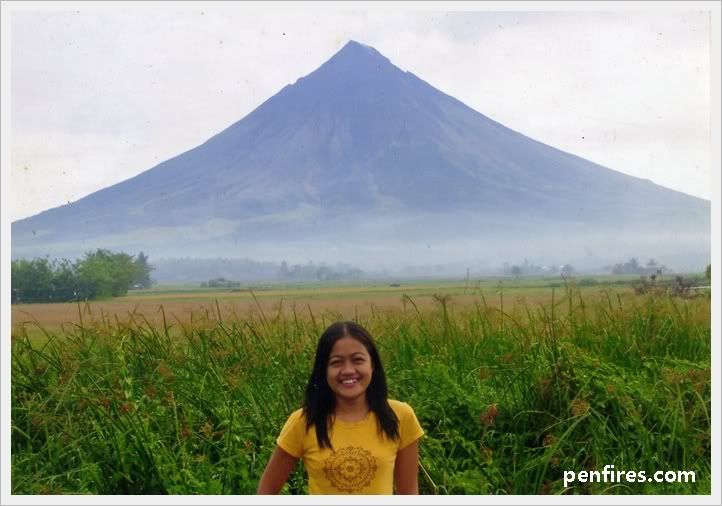
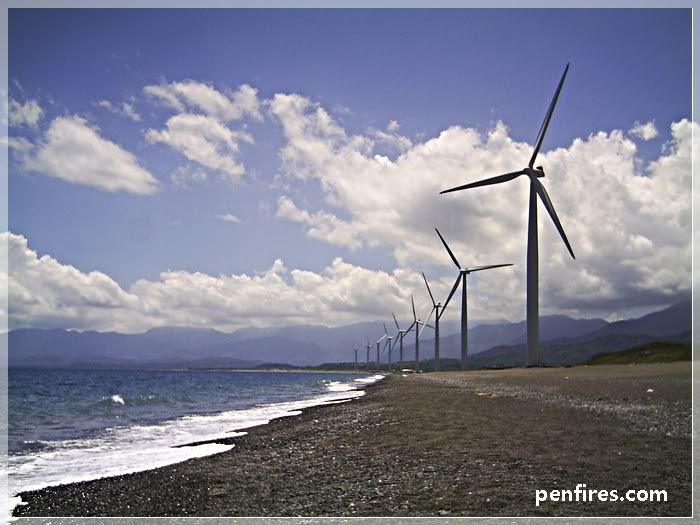
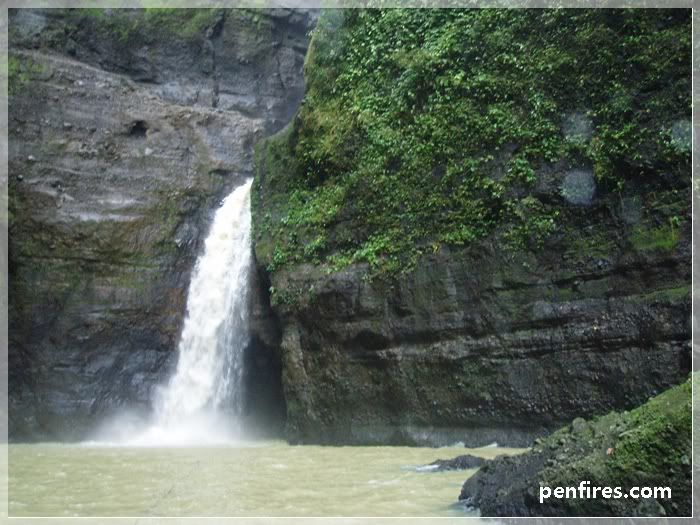
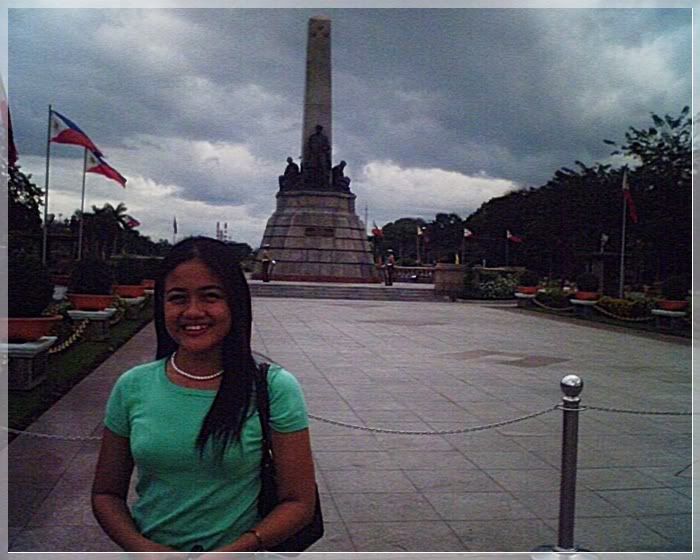
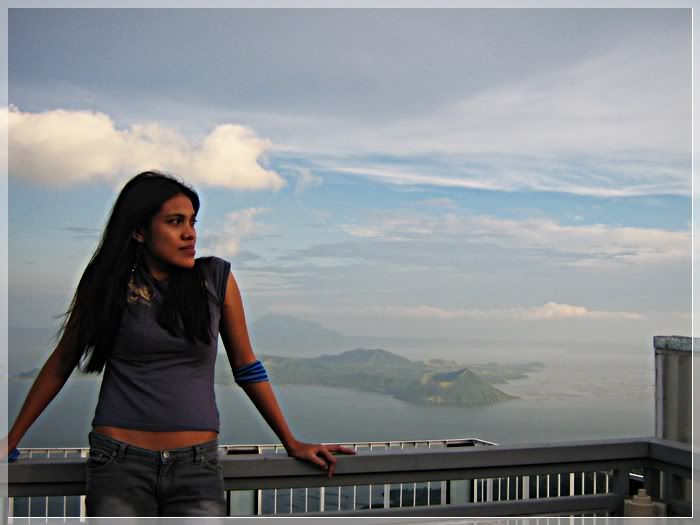
 رد مع اقتباس
رد مع اقتباس
No comments:
Post a Comment